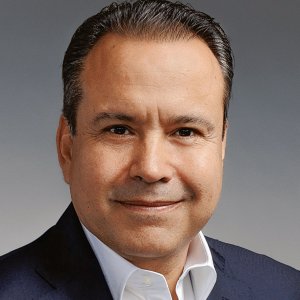Barriers to Real Sustainability

STORY INLINE POST
Q: What were the main environmental achievements under President Felipe Calderón’s administration?
A: One of the things Mexico has done right is to become a pioneer in low carbon planning. Mexico has specifically looked at low carbon development from an economic point of view and has been able to communicate its efforts to international audiences. Mexico’s General Climate Change Law is one of the most forward thinking legislations in the world, especially among developing countries. It has sent a clear signal to the world that Mexico wants to travel a different path. Mexico has shown it does not believe that there is a tradeoff between economic development and low emissions.
Q: What is driving Mexico’s progressive approach?
A: It is a combination of political will at the highest level and the formation of a critical mass of civil society organizations (CSOs) and businesses. We have a better organized CSO community and a forward-looking business community. The big catalyst to this critical mass was COP16, the 2010 UN Climate Change Conference in Cancun. This critical mass is still going strong and there are big opportunities for the current administration to implement Mexico’s plans along with the business sector and CSOs.
COP16 resulted in the drafting of national climate change legislation, which serves as a great basis on which the current government can work, but the most interesting times are yet to come. Structural changes must happen within this presidential mandate. This government should be clever enough to seize that platform and use the international leverage it has gained to take the country to a different level.
Q: What do you see as the key elements of a successful energy policy for Mexico?
A: Renewable energy development should be part of Mexico’s industrial policy, which has not been wrong up until now, it has just been insufficient. Artificial barriers to international trade are never a good solution. Mexico should start crafting a clear industrial policy around renewables by identifying the products and services in which it has a competitive advantage.
The playing field should be leveled. Mexico spends at least MX$3 billion (US$224 million) per year on subsidies for fossil fuels; it is impossible for the renewable industry to realize its growth potential in such a distorted market. However, subsidies are a sensitive issue in any country, and making sure they reach the population that needs them is a delicate topic. Public investment in transmission infrastructure and smart grids can also help to level the playing field. The business community needs to be very vocal about the need to level the rules of the game, such as ensuring fair terms for small producers and open access to the grid. Companies could also be more outspoken in terms of subsidies and tariffs.
Q: Did you push for the operation of the grid to be separated from CFE’s other activities?
A: Definitely, but this does not mean that the operation of the grid had to be privatized. It is to be done by a government entity separated from CFE. We need a true re-alignment of institutions under a federal policy. If the current administration wants to scale up renewables to their full potential, it has to make a few critical changes: clear and escalating goals, investment in transmission infrastructure, smart grids, and an industrial supply chain policy.
Q: What has to be achieved this year in order to ensure that Mexico is on the right track?
A: In 2014, the renewable energy sector should be given the role it deserves in the National Energy Strategy. It should not be seen as a good alternative but as part of the core energy mix of the country. A strong national renewable energy program should be published, calling for a minimum of 18GW generated from renewable energy by 2018, supported by transmission grid investment plans. This figure is based on a study undertaken by PricewaterhouseCoopers, supported by the Climate Works Foundation and WWF and launched by IMERE, which shows that the 18GW potential can be realized before 2018. Solar is already competitive with certain commercial tariffs, and by 2020 it could be competitive in the medium voltage tariff. Meanwhile, increasing investment in the development of grid infrastructure can unlock the development of large wind power capacity.






















